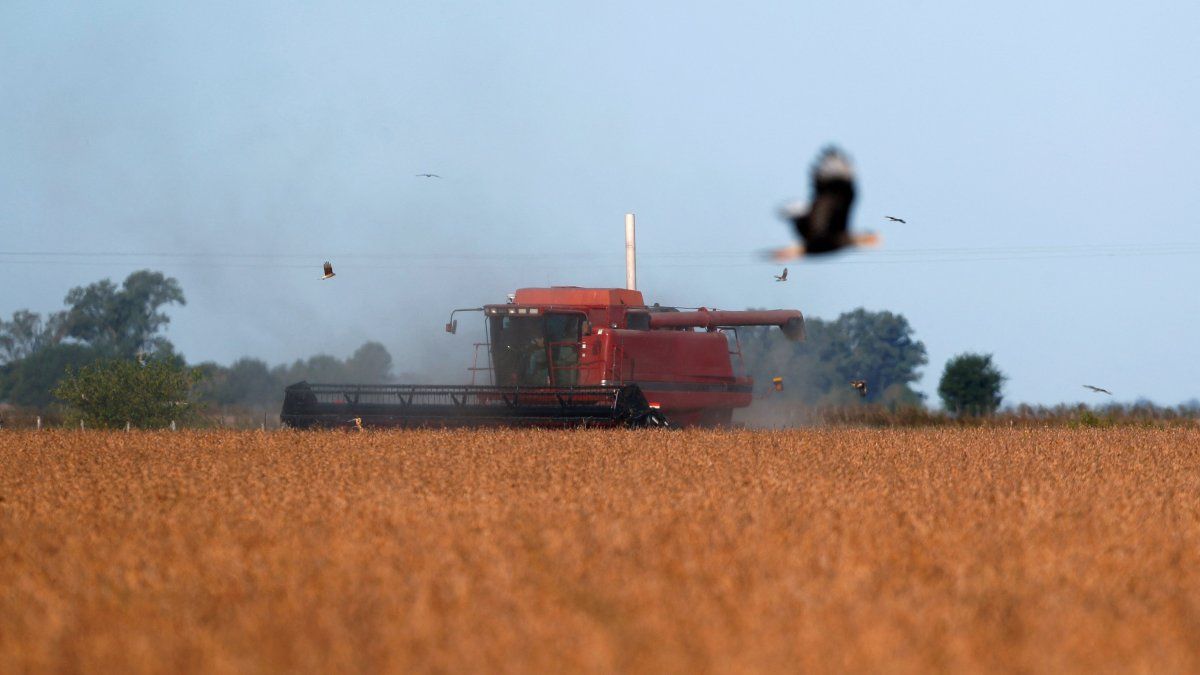In advance of the May 9 strike, the oil complex represented by CIARA-CEC warns the following: “Due to loading delays, losses are estimated at US$100,000 per day for each ship.”.
The comment to this medium is made after the confirmation of the Federation of Workers of the Oilseed Industrial Complex, Cotton Ginners and Related Workers of the Argentine Republic (FTCIODyARA), headed by Daniel Yofra.
A week ago, on April 30, the union had already called for a fight plan with an indefinite strike in rejection of the Bases Law that received half a sanction in the Chamber of Deputies. “I think that the CGT has to put together a permanent fighting strategy, with strikes every day“, he assured in radio statements, and added: “It is time for the labor movement to take the lead.”
The measure lasted 48 hours. But for the Chamber of the Oil Industry of the Argentine Republic (CIARA) and the Cereal Export Center (CEC), that time represented a loss of US$14 million, paid by the exporters. “For 48 hours, 50 ships waiting to lead to the dock and 20 in the loading process had delays, without being able to respect the loading and shipping contracts with the shipping companies,” the organization explains.
For Thursday, the organization led by Gustavo Idígoras warns of the same situation. However, in the face of the next forceful measure, which will completely affect public transportation of passengers, since there will be no train, bus, or subway services, Yofra confirms to this medium that the union will adhere to the strike.
The Government awaits the arrival of the thick harvest
Meanwhile, expectations are growing for the income of foreign currency from the liquidation of the coarse harvest. From CIARA-CEC they assure that the weather conditions do not contribute to the Government’s foreign exchange needs, not only because it makes it difficult to harvest grains, but also to enter the fields.
However, A central factor for producers has to do with the need to improve the exchange rate. For exporters, the sale of grains is limited to covering current expenses of producers, as long as the Government does not apply a devaluation, and therefore the contracts that this sector maintains abroad are at risk, especially with China. To win them over, CIARA-CEC says that exporters offer prices to producers that even absorb the discounted export duties.
In any case, behind closed doors they already understood that Luis Caputo’s economic management will not carry out a correction of the exchange rate for the moment, which is why at this stage the “scarcity administration” will dominate.
Likewise, for the consulting firm PPI, expectations remain that the liquidation of agriculture will begin to accelerate this week. “We hope that the supply of exporters will increase with the liquidation of the bulk and, as a result, contain the CCL due to the 80/20% scheme”.
“Despite having entered May, the liquidation of exporters continues at low volumes, reflecting a record delay in the thick harvest. While the five-day moving average of grain and oilseed settlement rebounded from a low of US$54 million on Monday to US$90 million on Fridayis still very far from the US$147 million from a month ago. It is not clear if the acceleration of the liquidation to US$147 million reflects a normalization after the oil workers’ strike on Monday and Tuesday (US$2 million liquidated) and the holiday on Wednesday or a change in trend,” the consulting firm noted.
The campaign estimate, below US$30 billion
The Rosario Stock Exchange highlights the impact of the “chicharrita” on corn, particularly late corn, which cut the production estimate of yellow grains to 50.5 Mt, 11% less than estimated a month ago.
Although in March it was expected that total grain production would reach 137.6 Mt for the new cycle and become the campaign with the second highest production, with this cut in the corn estimate the total volume falls to 131.1 Mtfalling even below other previous figures.
To this panorama of lower production, the BCR adds the drop in international prices of the main Argentine agricultural export products, which since the beginning of this year “have made a dent in the export projections for the current year.”
In fact, considering the five main agricultural complexes (soybeans, corn, wheat, sunflower and barley), the export projection for 2024 drills US$ 30,000 million and stands at US$29.3 billion. Although this implies a recovery of US$5.7 billion, the value of exports of these products would remain US$1.7 billion below the average for the last five years.
Source: Ambito




